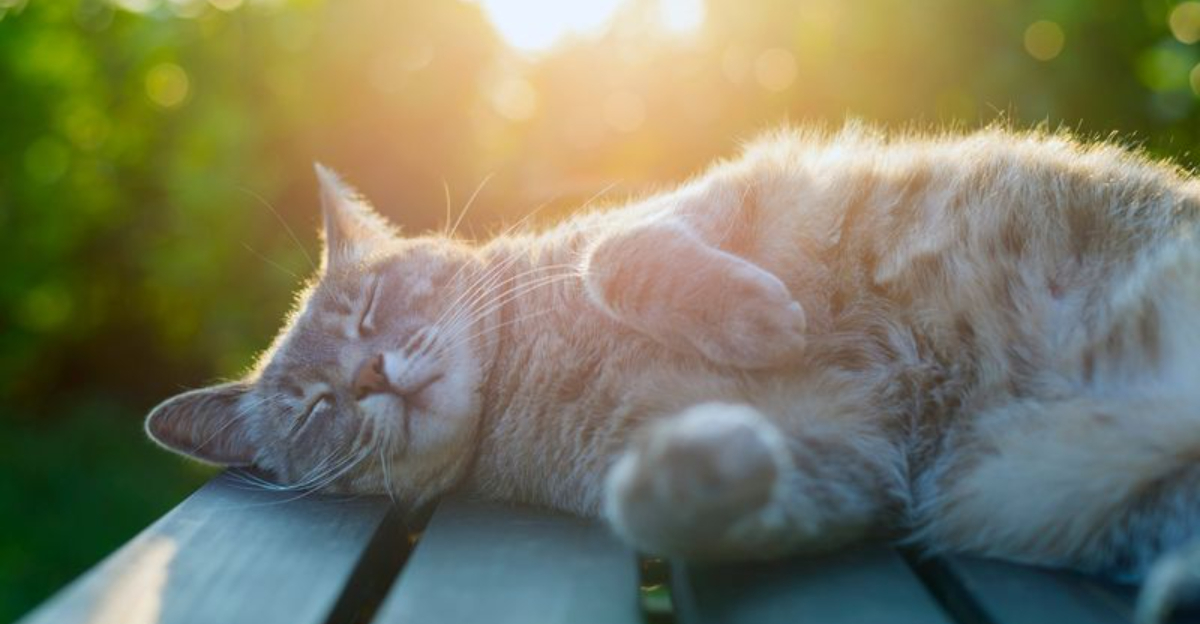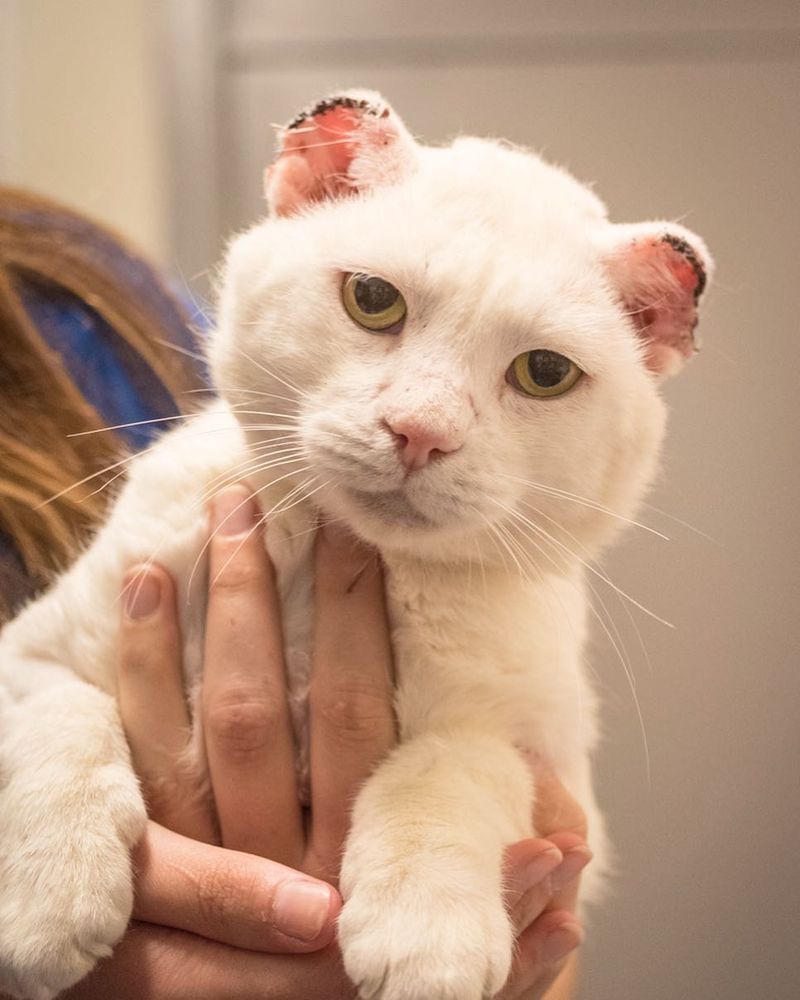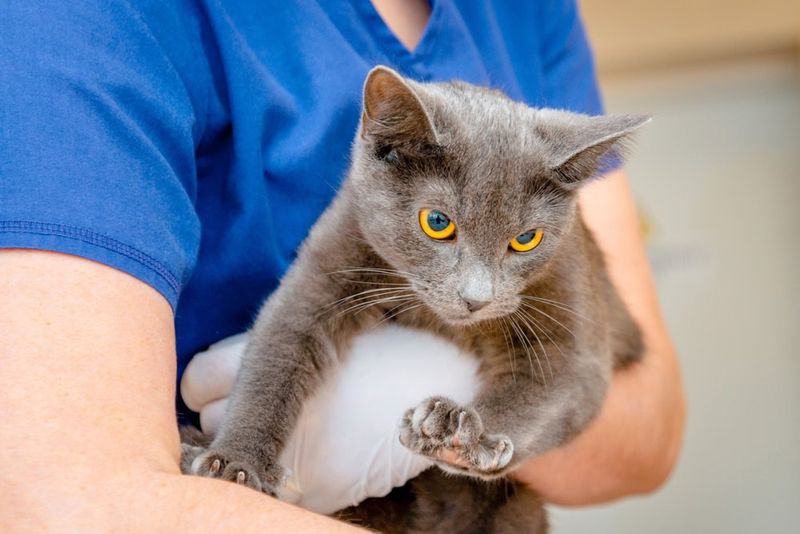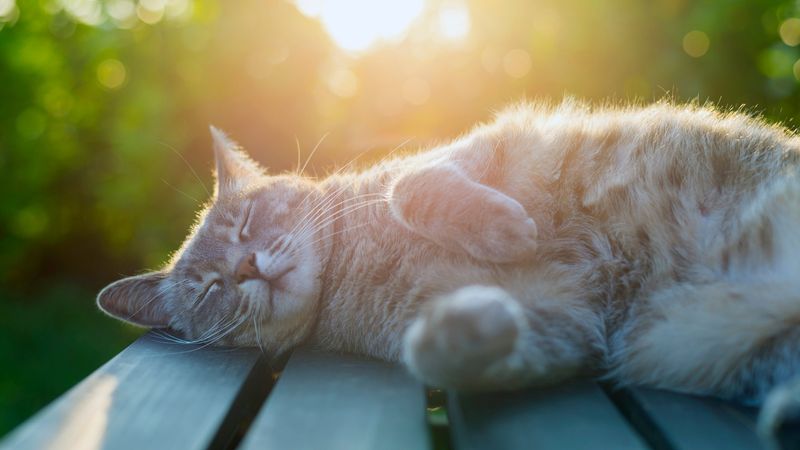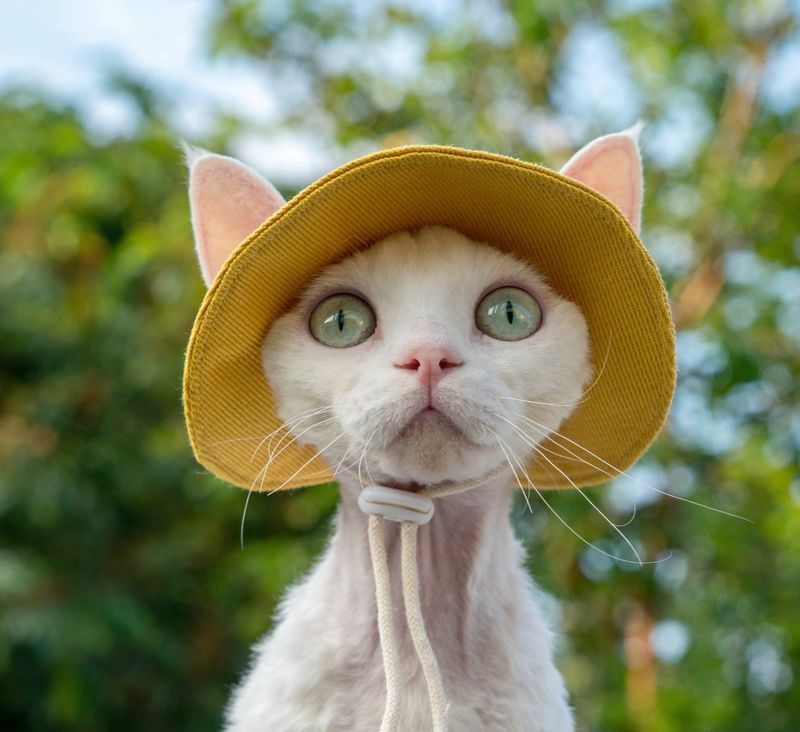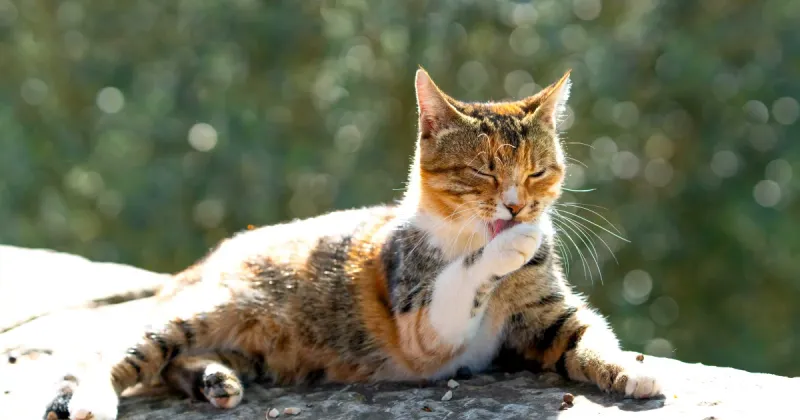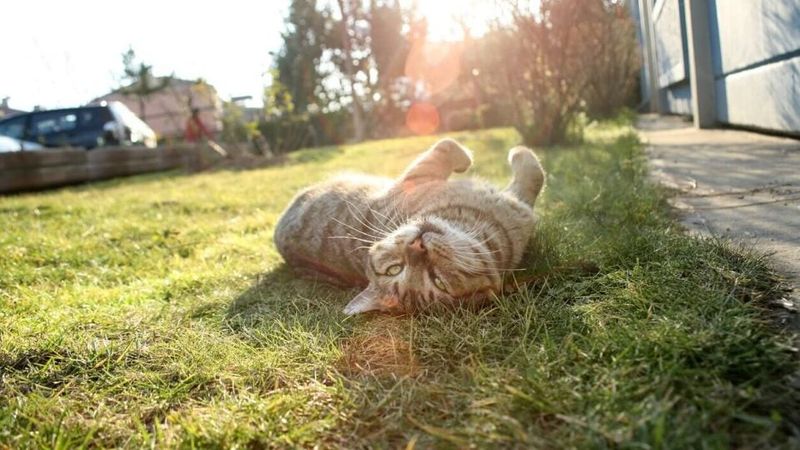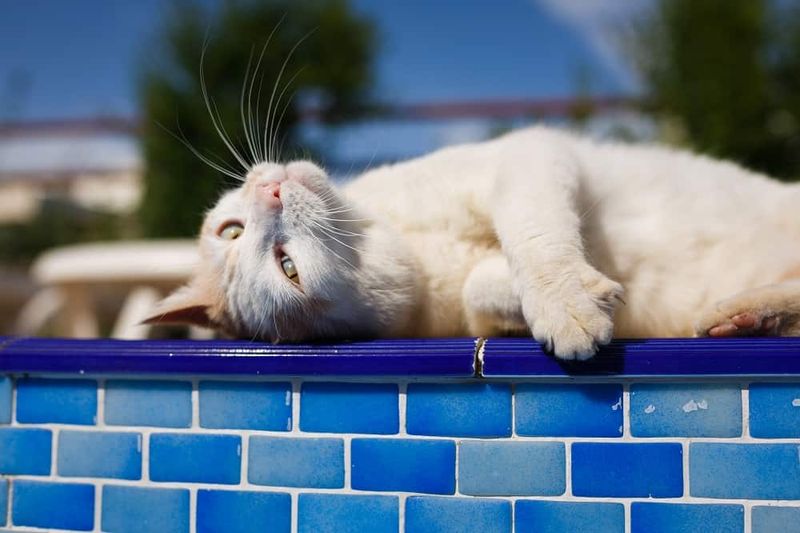📖 Table of Content:
Cats may love basking in warm, sunny spots, but their fur doesn’t make them immune to the dangers of the sun. While it’s easy to assume that our feline companions are naturally protected, certain breeds and conditions make some cats surprisingly vulnerable to UV rays. For pet owners who are cautious about their cat’s well-being, the idea of using sunscreen might seem like a reasonable safeguard—but it’s not as simple as applying what we use on ourselves.
Not all sunscreens are created equal, and those formulated for humans can be downright dangerous for cats. Their grooming habits, skin sensitivity, and unique physiology mean that what works for a person or even a dog might pose serious risks to a cat. Understanding how sunscreen interacts with a cat’s body—both the benefits and the dangers—is essential before ever reaching for a bottle.
In this article, we’ll explore seven key ways sunscreen could affect your cat’s health. These points cover everything from practical protection to hidden hazards. Whether your cat loves the outdoors or spends time near sunlit windows, the information here will help you make safe, informed decisions.
1. Protection Against Sunburn
Sunburn is more than just an uncomfortable pink tinge for some cats—it can lead to painful blistering, peeling, or even skin cancer in high-risk areas. Cats with white or light-colored fur, especially breeds like the Sphynx or Devon Rex, are particularly vulnerable due to reduced natural pigmentation. Applying a pet-safe sunscreen to their ears, nose, and belly can serve as a barrier against harmful UVB rays. Owners who live in high-altitude areas or sunny climates should be especially vigilant during peak sun hours. Unlike dogs, cats often lounge in direct sunlight for hours, increasing exposure risks. In these cases, sunscreen may play a role in a broader sun protection strategy. However, choosing the right product is crucial to avoid doing more harm than good.
2. Risk of Toxic Ingestion
Ingestion of sunscreen—often a byproduct of grooming behavior—is one of the most serious concerns when applying topical products to cats. Many human sunscreens contain ingredients like zinc oxide and salicylates, which are toxic to felines if swallowed. After application, a cat will likely lick the treated area, introducing these chemicals directly into their digestive system. Symptoms can escalate quickly from drooling and vomiting to more severe outcomes like gastrointestinal bleeding or organ failure. Unfortunately, even small amounts of toxic substances can be harmful due to a cat’s low body weight and unique metabolism. Pet-specific sunscreens are formulated to avoid these risks, but they still require careful monitoring. Always consult your veterinarian before applying anything to your cat’s coat or skin.
3. Allergic Reactions or Skin Irritation
Sensitivity to topical products isn’t uncommon in cats, and sunscreen is no exception. Even formulas labeled “natural” or “hypoallergenic” can trigger reactions, especially if they contain essential oils or preservatives that irritate feline skin. Initial signs may include excessive scratching, redness, or swelling at the site of application. If unnoticed or untreated, these symptoms can develop into secondary infections from broken skin. Unlike dogs, cats are less likely to tolerate interventions like medicated baths, making skin issues trickier to manage once they appear. Reactions may not occur immediately, which can make identifying the cause more difficult. A patch test under veterinary guidance is the safest way to determine if a product is well-tolerated.
4. Hormonal Disruption from Chemical Filters
Less visible but equally concerning is the possibility that certain sunscreen ingredients might interfere with your cat’s endocrine system. Chemical filters like oxybenzone or octinoxate, commonly found in human sunscreens, have been studied for their potential hormone-disrupting effects in animals. While definitive feline-specific research is limited, caution is warranted given cats’ heightened sensitivity to chemical exposure. These compounds can mimic estrogen or inhibit hormonal balance, which may influence reproductive or metabolic functions over time. Chronic exposure, even in low doses, can pose cumulative health risks. For pet owners seeking to minimize chemical load in their animals, avoiding these ingredients is a proactive step. Always check the ingredient list before using any sunscreen product on your pet.
5. Potential Eye Irritation
Application of sunscreen around a cat’s face—especially near the eyes—can quickly turn into a problem if the product migrates or is transferred through grooming. Their eyes are particularly sensitive to foreign substances, and even a tiny amount of residue can cause redness, excessive tearing, or conjunctivitis. Cats won’t tolerate rinsing or eye drops easily, making treatment a stressful experience for both the pet and the owner. In severe cases, corneal damage may occur, requiring veterinary attention. Sunscreens in spray or lotion form are especially risky because they can drift or run when exposed to heat. To prevent accidental eye contact, any sun protection should be limited to safer body areas like the back or ear tips. Precision and restraint are essential when applying anything near a cat’s face.
6. Accidental Overapplication and Overheating
While the instinct to fully coat your cat in sunscreen for “maximum protection” might seem helpful, it can actually interfere with their ability to stay cool. Cats dissipate heat mainly through their paw pads and grooming, and a thick layer of sunscreen may trap heat on their skin and fur. On warm days, this could contribute to overheating or even heatstroke, particularly in flat-faced breeds or overweight cats. Furthermore, heavy sunscreen application can leave a sticky residue that collects dirt, matts fur, or causes discomfort. These secondary effects might prompt your cat to groom more aggressively, increasing the likelihood of ingesting the product. A light touch, targeted only on high-risk areas, is a better strategy. When in doubt, seek alternatives like shade, indoor cooling, or feline clothing with UV protection.
7. Behavioral Stress
The act of applying sunscreen can become a source of stress, especially for cats unaccustomed to being restrained or handled in new ways. Attempting to rub or spray a substance onto a cat’s skin may result in resistance, hiding, vocalizing, or even defensive scratching. This negative association can build over time and lead to long-term behavioral changes, making your cat avoidant or fearful of grooming routines. Cats rely heavily on routine and predictability, so sudden or forceful actions can damage trust between pet and owner. Instead of forcing sunscreen use, it’s often better to introduce protective routines gradually, using treats and calm environments to reduce anxiety. If your cat reacts poorly, it may be wise to explore non-topical sun protection methods that don’t involve physical application.
